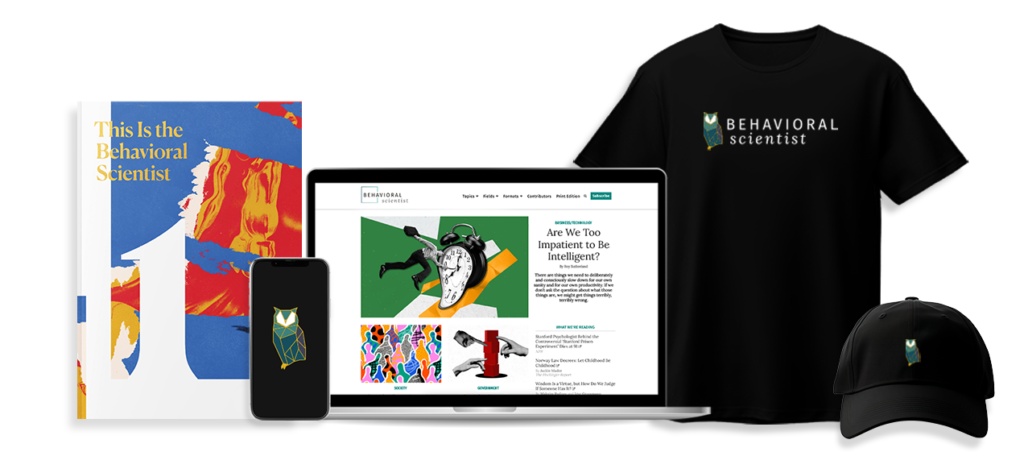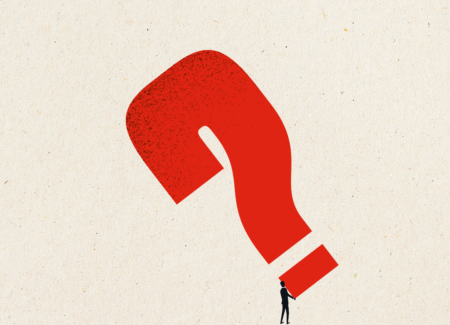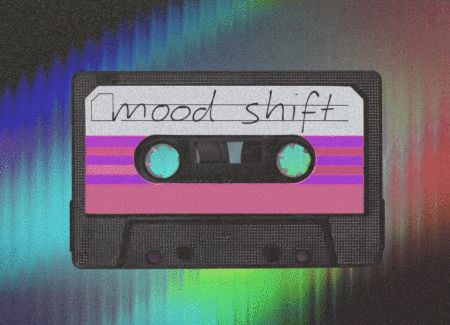He was finally, blessedly, alone. No crying baby or clingy mistress to interrupt the whirling of his brilliant mind or sap his creative juices.
And yet, the artist still wasn’t satisfied. In January 1920, the poet Rainer Maria Rilke recounted one of our most enduring human tensions. “In addition to my voice which points beyond me, there is still the sound of that small longing which originates in my solitude and which I have not entirely mastered,” he writes. “It is a whistling-woeful tone that blows through a crack in this leaky solitude—it calls out, alas, and summons others to me!”
That whistling-woeful tone is one I’ve heard before too. As an introvert and a writer, I crave time to be alone with my thoughts, to better understand what I’m thinking and feeling. Less romantically, I find myself pulled toward work in the evenings after putting my kid to bed rather than socializing with friends, even when I know that human connection is likely a healthier way to spend my time than logging more hours at my laptop. Checking items off my to-do list is a short-term, ephemeral pleasure, but not a long-term recipe for satisfaction and happiness.
Here is the conundrum: Without enough alone time, I feel disconnected from myself. But too much alone time makes me feel like I’m losing part of myself, too—the part of me that comes alive when I’m with other people. When weeks go by without seeing friends or with only superficial experiences of connection, I feel a different kind of yearning to be seen, heard, and understood. I’ve often wondered: How do I find a balance? And is that even the right question to ask?
An irresolvable tension
In 1791, physician Johann Georg Zimmermann published a book that, despite its downer title, became a smash hit. Titled Solitude Considered With Respect to Its Dangerous Influence Upon the Mind and Heart, it pointed to an enduring question about the human condition. In his own book, the History of Solitude, David Vincent writes, “Zimmermann’s treatise was a way station in a debate about social engagement and disengagement that stretches back to classical times and has acquired new urgency in our own era. Current anxieties about the ‘loneliness epidemic’ and the fate of interpersonal relations in digital culture are reformulations of dilemmas that have surfaced in prose and verse for more than two millennia.”
Perhaps we continue to return to this question because there is no real permanent sense of “balance” to be found. Andy Merolla, a professor of communications at the University of California, Santa Barbara, told me that it “seems to be one of the most fundamental and irresolvable tensions.”
Without enough alone time, I feel disconnected from myself. But too much alone time makes me feel like I’m losing part of myself, too—the part of me that comes alive when I’m with other people.
At an individual level, consider how we develop our identities in the first place. According to attachment theory, children need to feel a sense of safety and security with their caregivers so they’re able to venture out into the world to explore and build independent identities. Interdependence begets independence. Later, as we develop relationships with our romantic partners, we must continue to find the boundaries between others and self by “creating the sense of a ‘we’ identity without losing ‘me’ and ‘you,’” says Merolla.
And there is another dimension of this ancient dilemma that causes it to endure—perhaps in an irresolvable way.
Solitude masking a desire for control
At its core, the struggle to find balance is also a struggle to wrest control and certainty from an unpredictable world. Solitude, Merolla points out, gives us a kind of illusion of control that isn’t present in our social relationships, which can be variable and messy.
When you choose to spend your night watching Netflix or journaling, you know what to expect. When you go to a party, it’s less predictable. It can be hard, then, to ever know: How much does our desire to be alone come from a genuine desire to be with ourselves and how much is about avoiding the unknown? Further complicating this tension is the idea that self-care and compassion are important components of well-being. But when does staying home become an excuse to maintain control?
Alone time becomes even more seductive if we use it not only to recharge but to work toward professional or personal goals. Then, it can lead to the “direct acquisition of rewards, unlike social interaction which is more variable and can lead to disappointment,” Merolla explains.
The art of choosing the unpredictable
While we may be able to achieve more on our own these days—supercharged by technological advancements and remote work—we also know that a myopic focus on goal achievement does not typically result in what philosophers and scientists would call the good life. Indeed, in the longest running scientific study designed to understand the factors that make for a good life, researchers found that the most significant factor in happiness and longevity is the strength of our relationships to others.
The question, then, is not only how do we integrate social connection into our lives but how do we integrate unpredictability into it?
The key might be broadening the scope for what counts as social connection, letting go of our search for the perfect relationship or ideal social experience, and reminding ourselves of the positives of unpredictability.
How much does our desire to be alone come from a genuine desire to be with ourselves and how much is about avoiding the unknown?
Let’s start with something more basic. What do we mean by social connection? According to Robert Waldinger, a professor of psychiatry at Harvard Medical School who also helped lead the long-running study mentioned above, our relationships can constitute just about anyone who you regularly interact or socialize with. It could be a romantic partner, friend, or coworker, or it could be your barista, neighbor, or the acquaintance you see on your morning commute. Any of these connections can contribute to greater well-being. Indeed, research suggests that relational diversity, or cultivating connections across our lives—including with strong ties, like a romantic partner, and weak ties, like a stranger—is a significant contributor to well-being.
In a commencement address, the writer Kurt Vonnegut once pointed out that many of the interpersonal conflicts we have in our marriages stem from wanting one person to be an entire community. To paraphrase him: We cannot be “whole societies” to each other. Instead, he advises, “everybody here [should] join all sorts of organizations, no matter how ridiculous, simply to get more people in his or her life. It does not matter much if all the other members are morons. Quantities of relatives of any sort are what we need.”
Vonnegut’s larger point is not that we should all surround ourselves with morons, but that we’d be well-served to choose the messiness and imperfections of connection when we can.
A simple place to start
“A lot of us have very high expectations for ourselves and other people, which is a really good thing, but that can also raise expectations in a way that is unrealistic,” Merolla told me. That can make us unwilling to engage in a social situation unless we’re confident of meeting those expectations.
To counter this, we can ask ourselves questions to “come to terms with the challenges of connection” and the patience required to realize the benefits of relationships. These are questions like: What do I need and want out of my relationships? How can I come to terms with the imperfections of others and my own—and the notion of a perfect relationship or interaction? Am I okay with the fact that I may pursue these aspects of relationships and fail, and that doesn’t mean I’ve done something wrong?
Exploring these questions can help us find value not only in certain types of relationships—for instance, the ease and warmth you might feel with your closest friend—but with other more complicated ones too.
The question, then, is not only how do we integrate social connection into our lives but how do we integrate unpredictability into it?
Another question: How might relationships be unpredictably positive? Unpredictability tends to have a negative valence, making it feel threatening or stressful. But social interaction can also surprise us with how good it makes us feel: lifting us from a bad mood, helping us discover a new side of ourselves, or simply allowing us to process a challenging experience. Positive relationships, even if they’re sometimes unpredictable, are important ways that we manage stress, Waldinger said.
Indeed, this seemed to be part of Rilke’s mental health strategy; throughout his life, he wrote thousands of letters, using them to find the balance between connection and solitude, to allow vulnerability and messiness to puncture the illusion of control.
Just like there are many valuable kinds of relationships, there are also many ways to connect. If a three-hour dinner feels too ambitious (or impossible with other obligations), even smaller gestures of connection count. Merolla suggests one simple, though not always easy, step: Reach out to someone you’ve been wanting to connect with, and let them know you were thinking about them.
“Sometimes we think people don’t want to connect with us as much as they do, and we can feel like the time for certain relationships has passed,” he says. “But there’s something wonderful about knowing someone was thinking about you. Even if the person doesn’t respond, it doesn’t mean you did something incorrect. It’s just the messiness of interdependence.”






